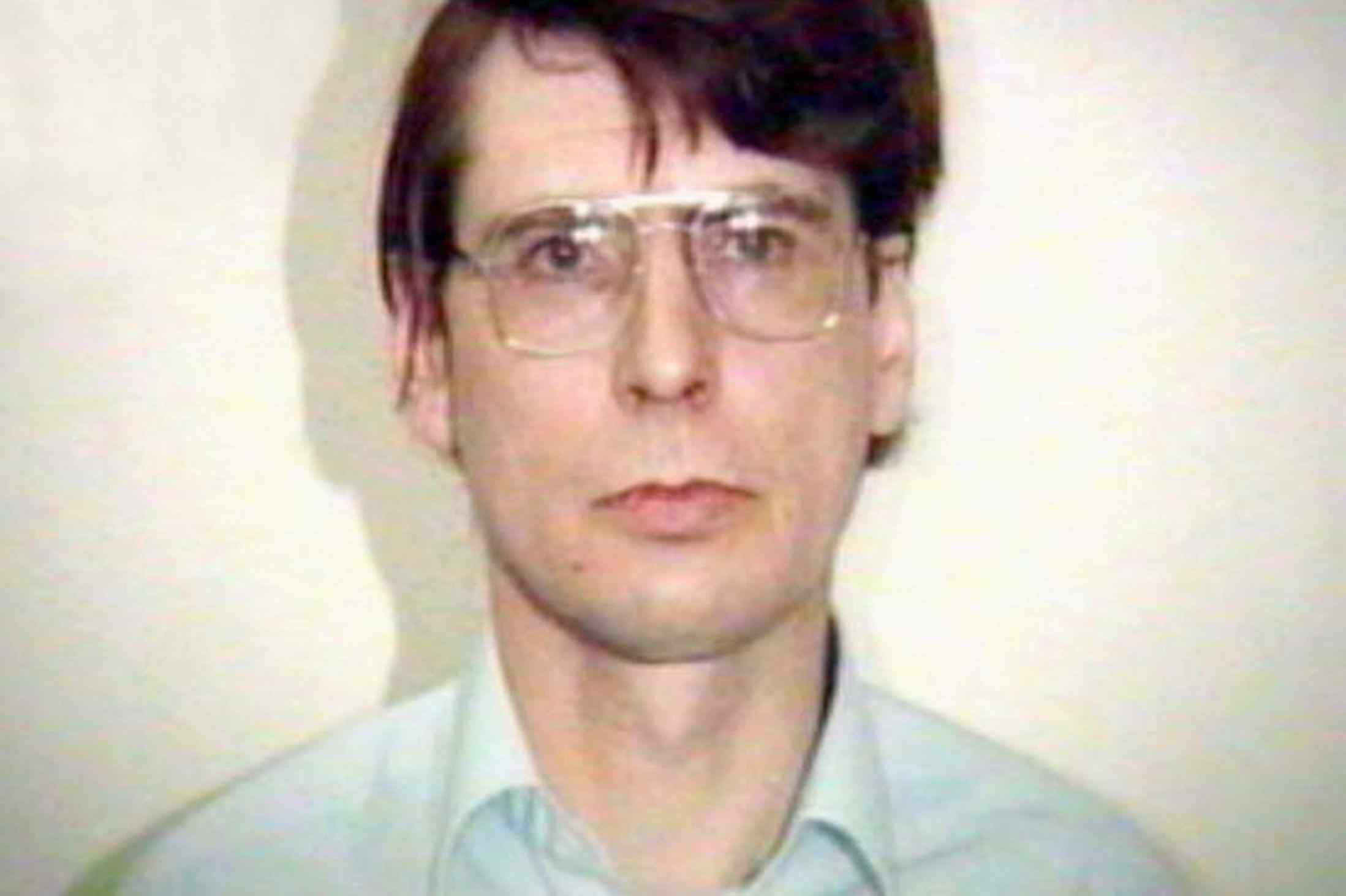
THE body of serial killer Dennis Nilsen has been cremated at a secret funeral and his ashes handed to his family.
The Ministry of Justice put £3,300 towards the cost of the cremation after the Scots-born killer died in May.
Nilsen, who murdered at least 12 young men in London in the ’70s and ’80s, was serving a life sentence when he died in hospital from complications following abdominal surgery.
A spokesman for the Ministry of Justice said: “Mr Nilsen was cremated, and his ashes have been passed to his next of kin.”
He said a contribution had also been made to Nilsen’s funeral expenses, in line with standard policy.
“Policy states prisons must offer to pay a contribution towards reasonable funeral expenses. HMP Full Sutton contributed a total of £3,323.”
The secrecy over the funeral arrangement for Nilsen, a prisoner at Full Sutton jail near York, follows controversy over the disposal of Moors Murderer Ian Brady’s remains.
Brady, who died aged 79 last October who, with accomplice Myra Hindley, killed five young victims in the ’60s, had wanted his ashes scattered in his home city of Glasgow.
But his remains were dumped in the sea in a cardboard container after city authorities refused permission.
Last week it emerged the family of paedophile serial killer Robert Black refused to accept his ashes after he died in prison in 2016 aged 68.
Black, who murdered at least six children, was disposed of at sea as his relatives refused to accept the ashes.
Nilsen, who was born and brought up in Fraserburgh, Aberdeenshire, began a killing spree in the ’70s in London, luring victims to his flat where he killed and dismembered them.
Caught when he complained about the drains being blocked where he had attempted to dispose of the bodies of those he had killed and sexually abused after death, he was jailed in 1983 for at least 25 years.

Enjoy the convenience of having The Sunday Post delivered as a digital ePaper straight to your smartphone, tablet or computer.
Subscribe for only £5.49 a month and enjoy all the benefits of the printed paper as a digital replica.
Subscribe